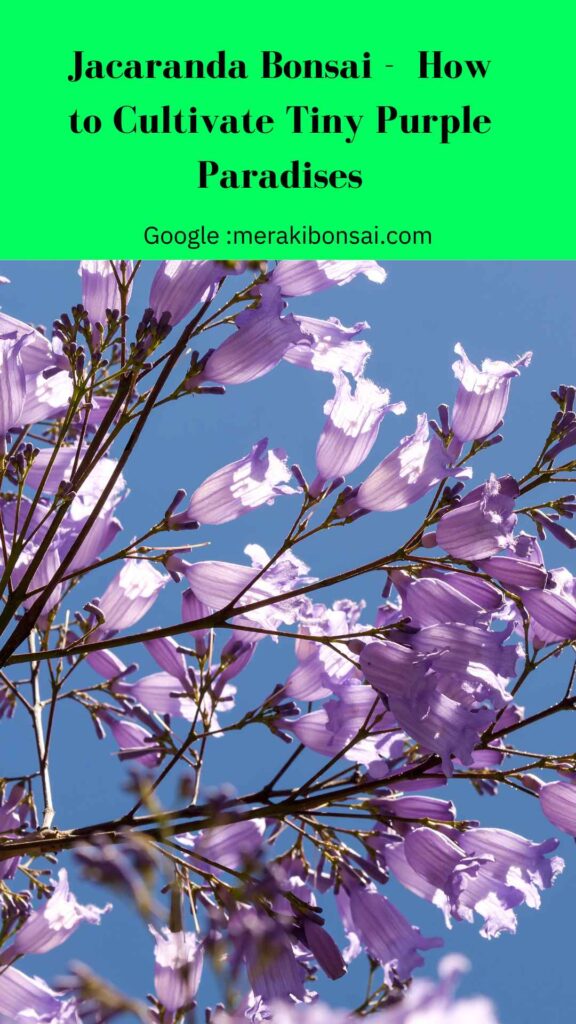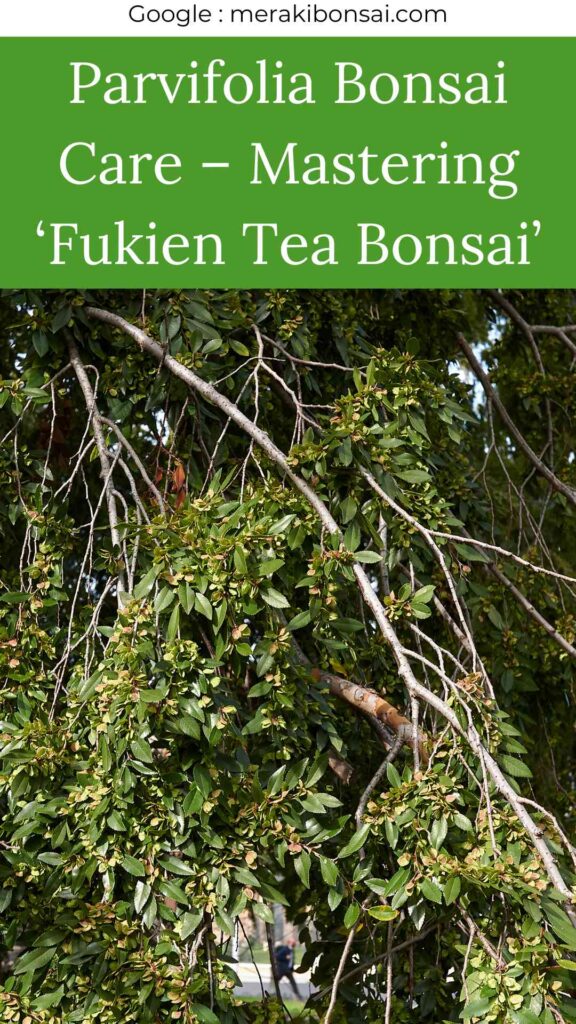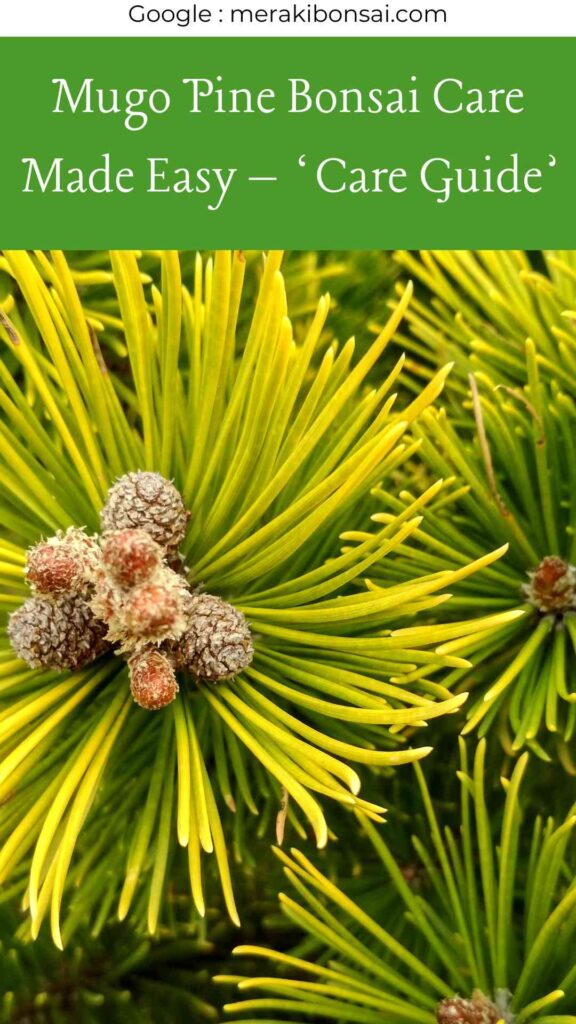
Today, we’re diving into the enchanting world of Jacaranda bonsai trees. Get ready to create your own pocket-sized purple paradise!
First off, let me tell you why Jacaranda bonsai are so special. Picture this: a miniature tree with delicate, feathery leaves that burst into a riot of lavender blooms every spring.
It’s like having a slice of tropical heaven right in your living room! The tree we’re focusing on, Jacaranda mimosifolia, hails from South America but has won hearts all over the globe.
Now, I know what you’re thinking. “Raima, this sounds dreamy, but can I really grow a Jacaranda bonsai indoors?”
Absolutely, my friend! With some TLC and a dash of patience, you’ll be basking in the glow of those purple flowers in no time. So, grab your gardening gloves, and let’s make some bonsai magic!
Finding the Perfect Home for Your Jacaranda Bonsai
First things first, your little Jacaranda needs a cozy pad. The pot you choose isn’t just a pretty face; it’s the foundation of your bonsai’s health.
A good pot balances water retention and drainage, which is crucial for those delicate Jacaranda roots.
I’m a big fan of ceramic or clay pots for Jacarandas. Why? They’re porous, letting extra water evaporate and keeping those roots happy, not soggy. Plus, they come in loads of cute designs to match your bonsai’s purple personality.
For newbies, I recommend this Bonsai Pot. It’s a classic choice with just the right depth for Jacaranda roots. If you want to jazz things up, check out this Ceramic Bonsai Planter Pot. Its fun colors will make your Jacaranda the star of your indoor garden!
Remember, your pot should be about two-thirds the height of your bonsai. This way, your tree has room to grow without looking lost in its new home.
Lighting: Your Jacaranda’s Sunbathing Schedule
Alright, your Jacaranda’s got its dream home. Now, let’s talk sunlight. In the wild, these trees love basking in full sun.
Indoors, we need to give them the next best thing. Jacarandas thrive in bright, indirect light.
A south-facing window is perfect, but watch out for those harsh afternoon rays that can scorch those tender leaves.
If natural light is scarce (hello, apartment life!), don’t sweat it. I’ve got a game-changer for you: Bonsai Indoor Lights.
These full-spectrum LEDs are like a personal sun for your bonsai.
They’re energy-smart, cool to the touch, and can be adjusted to give your Jacaranda the perfect amount of “sunshine,” even on gloomy days.
Remember, steady light is key for those jaw-dropping purple blooms. With the right lighting, your Jacaranda will reward you with a flower show that’ll make your friends green with envy!
Watering Your Jacaranda: The Goldilocks Method
Watering can make or break your bonsai game. Too little, and your Jacaranda will droop faster than my energy before my morning coffee.
Too much, and you’re inviting root rot to the party. The goal? Keep the soil moist but not soggy.
Here’s my foolproof trick: stick your finger about an inch into the soil.
If it feels dry, it’s watering time! Use a Watering Can with a fine spout to give your bonsai a gentle shower. This way, you won’t disturb the soil or harm those precious roots.
In spring and summer (the growing season), you might need to water daily. In fall and winter, when growth slows down, ease up a bit. The key is to watch your tree. Drooping leaves or dry soil? Water. Yellowing leaves or a funky smell? You’ve overwatered, my friend.
Also, Jacarandas love humidity. Mist the leaves often or place a humidity tray under the pot. Your bonsai will thank you with lush, happy foliage.
Feeding Your Jacaranda: A Balanced Diet for Blooms
Just like us, bonsai trees need good food to thrive. Fertilizing your Jacaranda gives it the nutrients it needs for strong growth and those showstopping purple flowers.
I swear by organic, slow-release fertilizers like this Bonsai Fertilizer. It’s gentle on the roots and provides a steady flow of nutrients.
During the growing season, feed your bonsai every two weeks. In fall and winter, once a month is plenty.
Remember, with fertilizer, more isn’t always better. Too much can burn the roots or cause overgrowth that ruins your bonsai’s shape. Always follow the package instructions. Trust me, I learned this the hard way!
Pruning and Shaping: Crafting Your Purple Masterpiece
Now for the fun part: shaping your Jacaranda into a tiny work of art! Pruning isn’t just about keeping your bonsai small; it’s how you bring out its natural beauty.
Start with the right tools. I love these Bonsai Pruning Tools. They’re sharp, sturdy, and make clean cuts that heal fast. For delicate work, like removing single leaves or buds, these Bonsai Pruning Scissors are a lifesaver.
When to prune? For big structural changes (shaping branches), do it in late winter before new growth starts.
For maintenance (removing dead or overgrown bits), you can do it year-round. Always cut at a 45-degree angle just above a leaf node or bud.
As for shaping, Jacarandas are perfect for the weeping or cascading style. Let some branches droop gracefully, like they do in nature. Wire training can guide branches, but be gentle! Use Anodized Aluminum Wire for young branches and Annealed Copper Wire for thicker ones.
Remember, the goal is to create a mini-me of a full-sized Jacaranda. Take your time, step back often to check your work, and most importantly, have fun!
Pest Patrol: Protecting Your Purple Paradise
Even in your cozy home, pests can crash the bonsai party. The usual suspects? Spider mites, scale insects, and mealybugs. They’re tiny, but they can do big damage.
Prevention is key. Keep your Jacaranda healthy with good care, and it’ll be tougher for pests to take hold. Also, quarantine any new plants for a few weeks to make sure they’re bug-free before introducing them to your bonsai family.
If pests do show up, don’t panic! I prefer natural solutions like this Organic Insecticide. It kicks pest butt but is gentle on your Jacaranda. Apply it in the evening when helpful insects are snoozing.
Regular check-ups are your best defense. Once a week, give your bonsai a thorough look-over. Check under leaves, along stems, and in branch crotches. Catching pests early makes them way easier to control.
Jaboticaba Bonsai: The Quirky Tree That Fruits on Its Trunk
Soil Smarts: Keeping Tabs on Moisture
We’ve talked about watering, but how do you know if you’re nailing it? Enter my trusty sidekick: the Soil Moisture Meter. This little gadget takes the guesswork out of watering.
Just poke the probe into the soil, and it’ll tell you if your Jacaranda is thirsty, happy, or soaked. It’s a game-changer for beginners still getting a feel for their bonsai’s needs.
This little tool has saved more bonsai lives than I can count!
Remember, Jacarandas like soil that’s moist but drains well. If your meter always shows “wet” even days after watering, it’s time to rethink your soil mix or pot drainage.
Mastering Elephant Bush Bonsai Care: A Beginner’s Guide
Seasonal Care: Loving Your Jacaranda All Year Round
Bonsai care isn’t a set-it-and-forget-it deal. Your Jacaranda’s needs change with the seasons, and tuning into these changes is the secret to those epic spring blooms.
In spring, your Jacaranda wakes up from its winter nap. It’s bloom time! Ramp up watering and fertilizing as new growth pops up. Watch in awe as tiny purple flowers turn your bonsai into a mini Jacaranda boulevard.
Summer is growing season. Your bonsai will be thirstier, especially on scorchers. Keep it in bright light but shield it from harsh midday sun. It’s also prime time for pests, so stay sharp!
In fall, growth slows down. Cut back on water and fertilizer, but don’t stop completely. Your Jacaranda is storing energy for next year’s show. If you live somewhere chilly, start planning winter protection.
Winter is rest time. Your Jacaranda might drop leaves – that’s normal! Keep it in a cool spot with indirect light.
Water sparingly, just enough to keep roots from totally drying out. Use this downtime to plan your late-winter pruning strategy.
Growing Lotus Bonsai: Secrets to Aquatic Bonsai Success
Repotting: Room to Grow
Every 2-3 years, your Jacaranda bonsai needs repotting.
Why? Because even mini trees keep growing! Repotting refreshes the soil, gives roots space to spread, and keeps your bonsai in top shape.
The best time to repot is early spring, just before new growth kicks in. Gently take your bonsai out of its pot, trim about 1/3 of the roots (focus on thick, old roots, not fine new ones), and pop it into a pot with fresh bonsai soil.
Speaking of soil, a mix of akadama, pumice, and organic compost is Jacaranda heaven. It holds moisture but drains well, keeping those root rot worries at bay.
After repotting, your bonsai might look a bit down. No worries! Give it some TLC – partial shade, regular misting, and hold off on fertilizing for a month. It’ll bounce back, ready for another year of purple-bloomed glory.
Spreading the Joy: Propagating Your Jacaranda
One of the coolest parts of this bonsai adventure? Propagation! That’s right, you can make baby Jacarandas from your beloved bonsai.
It’s like giving a piece of your purple paradise to friends (or keeping them all for yourself, I won’t judge!).
The easy way is by cuttings. In late spring or early summer, snip a healthy, semi-hardwood branch about 4-6 inches long. Remove lower leaves, dip the cut end in rooting hormone, and plant it in a moist, well-draining mix.
Keep your cutting warm and humid – a clear plastic bag can create a mini greenhouse. In 4-8 weeks, you should see roots. Slowly introduce it to normal conditions, and voila! A new Jacaranda bonsai is born.
Remember, patience is key. Your cutting won’t bloom for a few years, but nurturing it from twig to tree is incredibly rewarding. Plus, it’s great practice for your bonsai skills!
The Bonsai Journey: More Than Just a Hobby
Creating a Jacaranda bonsai is more than a pastime; it’s a journey of patience, care, and wonder. Each tiny leaf, each delicate purple bloom, is a high-five from nature, saying, “Great job, Raima!” And let me tell you, the first time your bonsai explodes in a cloud of lavender, it’s pure magic.
This guide is just the beginning. As you grow with your Jacaranda, you’ll discover its quirks and charms. That’s the beauty of bonsai – it’s a never-ending adventure of learning and love.
Before I go, I want to thank you for joining me on this bonsai journey. Your interest and enthusiasm keep me motivated to share more green wisdom.
If you’ve found this guide helpful, consider buying me a coffee at Ko-fi. Every little bit helps me keep this blog going and create more content to help fellow bonsai lovers.
Remember, every bonsai master started as a newbie. So, embrace the process, learn from your oopsies (trust me, we all make them!), and most importantly, enjoy the ride. Here’s to many years of tiny, purple-filled paradises!
FAQ: Your Burning Jacaranda Bonsai Questions
Q: How long until my Jacaranda bonsai starts blooming?
A: Patience, my friend! A young Jacaranda might take 3-5 years for its first flowers. Once mature, expect a purple party every spring.
Q: Can I grow a Jacaranda bonsai from seeds?
A: Yep, but it’s a slow dance. Seeds take 1-3 months to sprout and years to become bonsai-ready. For beginners, starting with a young plant or cutting is often more fun.
Q: My Jacaranda isn’t flowering. What gives?
A: Could be a few things: not enough light, wrong fertilizer, or no winter chill. Make sure it gets bright light, proper food, and a cool (not freezing) winter rest.
Q: How cold can my Jacaranda handle?
A: Jacarandas are tropical souls. They can take temps down to about 20°F (-6°C) briefly. But for top health, keep it above 40°F (4°C) in winter.
Q: My Jacaranda’s leaves are going yellow. Help!
A: Yellow often means too much water or poor drainage. Check soil moisture, make sure your pot has drain holes, and adjust watering. Remember, moist, not soggy!
Q: Can my Jacaranda bonsai live outdoors?
A: Sure can, in warm months. Jacarandas love outdoor time, but bring them in when it drops below 40°F. Introduce it to the outdoors slowly to avoid shock.
Q: How often should I wire my Jacaranda?
A: Wire young branches in early spring before they toughen up. Leave wire on for 2-3 months, but check often to prevent scarring. Once the branch stays put, unwire.
Q: My bonsai has sticky leaves. What’s the deal?
A: Likely scale insects or aphids. They leave behind a sticky goo called honeydew. Treat with organic bug spray, and gently wipe leaves with a damp cloth.
Q: Is it okay to defoliate my Jacaranda?
A: Yes, but carefully. Partial leaf removal in late spring can encourage smaller, cuter leaves. Remove older, bigger leaves, leave new growth. Don’t do this every year; it can stress your tree.
Q: How do I make my Jacaranda’s trunk thicker?
A: Time and growth! Let it grow freely for a season, then prune back. If possible, growing in the ground for a few years can really bulk up that trunk before bonsai training.
Remember, every bonsai is one-of-a-kind. Watch your Jacaranda, learn its quirks, and you’ll be a bonsai whisperer in no time! Keep those questions coming – I’m always here to help you nurture your tiny, purple paradise.


